Bexley beat Greenwich as £1.5 million income received from new development
Bexley Council saw £1.461,037m income arrive in 2020/21 from new developments built in the borough via the Community Infrastructure Levy funding, bringing the total since 2015 to £13 million.
Bexley Council opted to spend income on school expansion, playgrounds, Hall Place, the former Erith library, the new Sidcup library and cinema and new tree planting:
Bexley’s total income is ahead of neighbouring Greenwich borough who once again trail other London boroughs but behind neighbouring Dartford who saw £7.1m:
London Boroughs
Tower Hamlets = £50,164,085
Wandsworth = £23,286,702
Brent = £16,104,767
Southwark = £13,514,695
Hammersmith & Fulham = £12,577,930.52
Newham = £5,518,389.34 (Excludes much of Stratford)
Islington = £4,264,139
Merton = £4,120,006
Haringey = £3,098,985
Lambeth – £2,850,330
Olympic Legacy Development Corporation = £2.2m (covers area around the Olympic Park in Stratford)
Waltham Forest = £1,616,848.47
Bexley £1,461,037
Redbridge £1,330,000
Richmond £1,147,145
Greenwich = £1,016,563
Outside London
Dartford = £7.1 million
Missing information
In the same year the authority issued demand notices for £2,219,779 in income.
From reports I’ve so far seen this year, Greenwich are alone in London for not including this key information in their annual report.

Greenwich’s extremely low income over six years is due to setting a very low rate for developers – particular in the west of the borough – which has seen revenue paid by developers to the council for services in the borough fall well short of estimates (£9.7m v £27.5 estimated) with Greenwich at the foot of London boroughs for revenue in some years. Despite this some Greenwich councillors in the ruling Labour party have denied there’s any issue over the past week.
Greenwich also promised in a 2015 planning examiners report to look at revising totals by 2018. It appears they never did in 2018 despite the report stating “The council makes a commitment …to a review within three years of implementation”.
Greenwich Council’s website now states they were scheduled to commence a review over three years late in autumn 2021, though there’s no evidence this has begun:
If they’d met their 2015 estimate, revised levels in 2018 or set rate higher initially in 2015 as the planning examiner’s report states was possible, it’s almost certain they would have paid off their Crossrail tab some years ago and now be in a position to invest in numerous borough improvements.
Greenwich Council and some councillors like to claim they couldn’t set higher rates in 2015:

However the 2015 report stated Greenwich sought that rate adopted: “The Council is proposing to charge a single rate of £70 psm”.
The 2015 report stated rates up to £265 psm (closer to inner London averages) were viable:

Why did Greenwich choose such a low rate which has cost residents in the subsequent six years?
It’s also an odd line to take that different rates would be confusing given it’s the norm in all boroughs.
The inspector did request a £40 rate in the east as two rates were common, but this could have been more than offset by increasing rates closer to London averages in the west. Plenty of other boroughs did so at the time yet higher rates in places have secured greater income. Here’s Haringey for example:
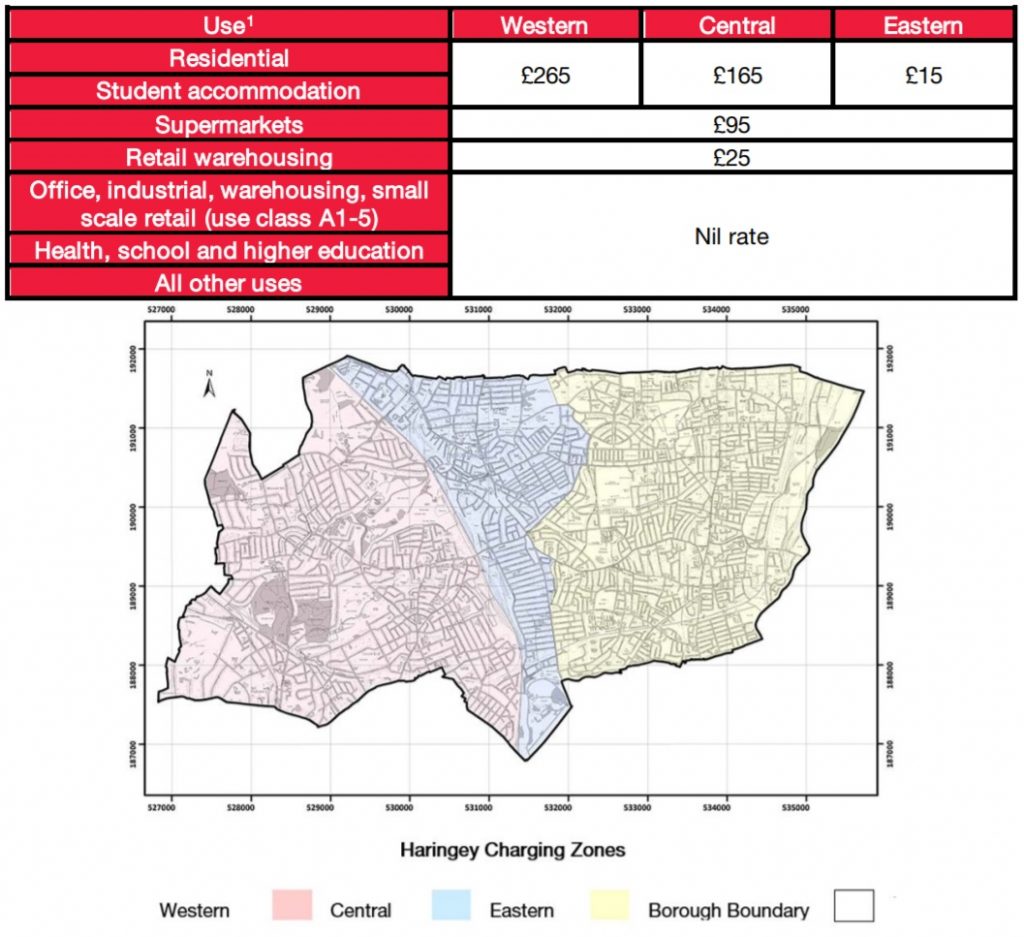
Haringey have also revised rates and look to increase the lowest rate in 2022 to £55. The process can take over a year, so even if Greenwich have begun they are some way from being able to generate additional revenue.
Greenwich could now be capturing greater income if they’d reviewed in 2018 as they committed in 2015 to doing.
As it is, zero income is again going to be spent on improving various parts of Greenwich borough from this key funding source. New trees, park improvements, schools, healthcare, shopping areas, estates and many other areas will not see a penny from this key fund.

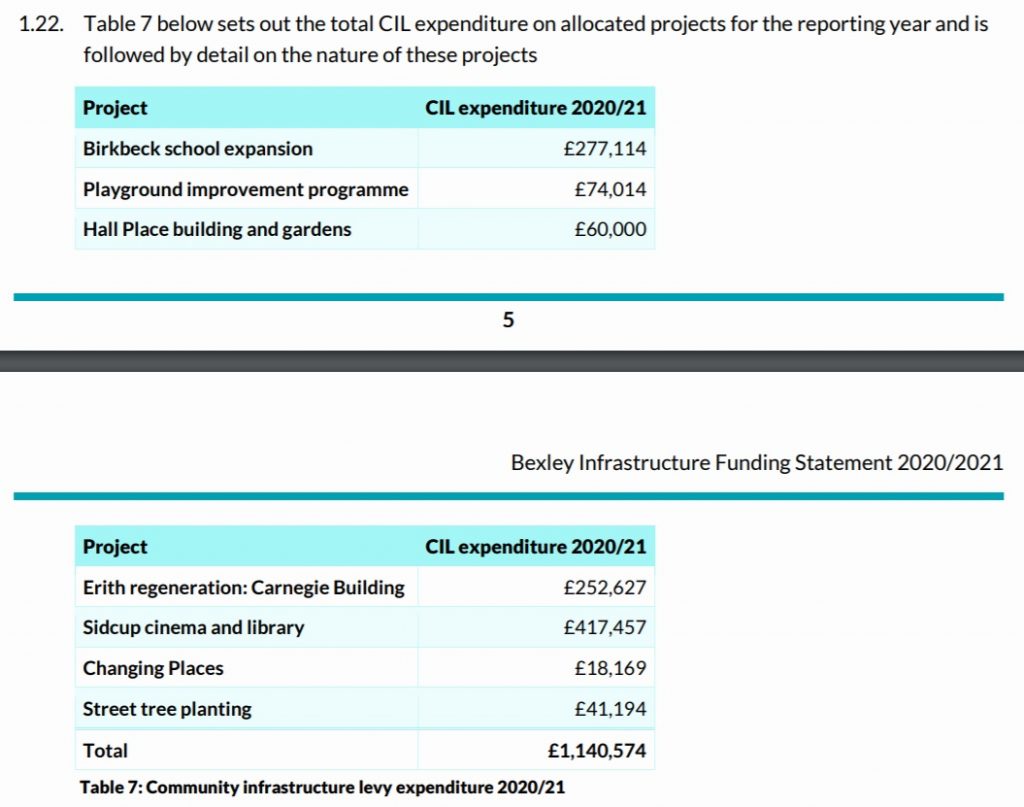




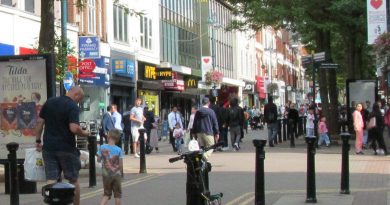

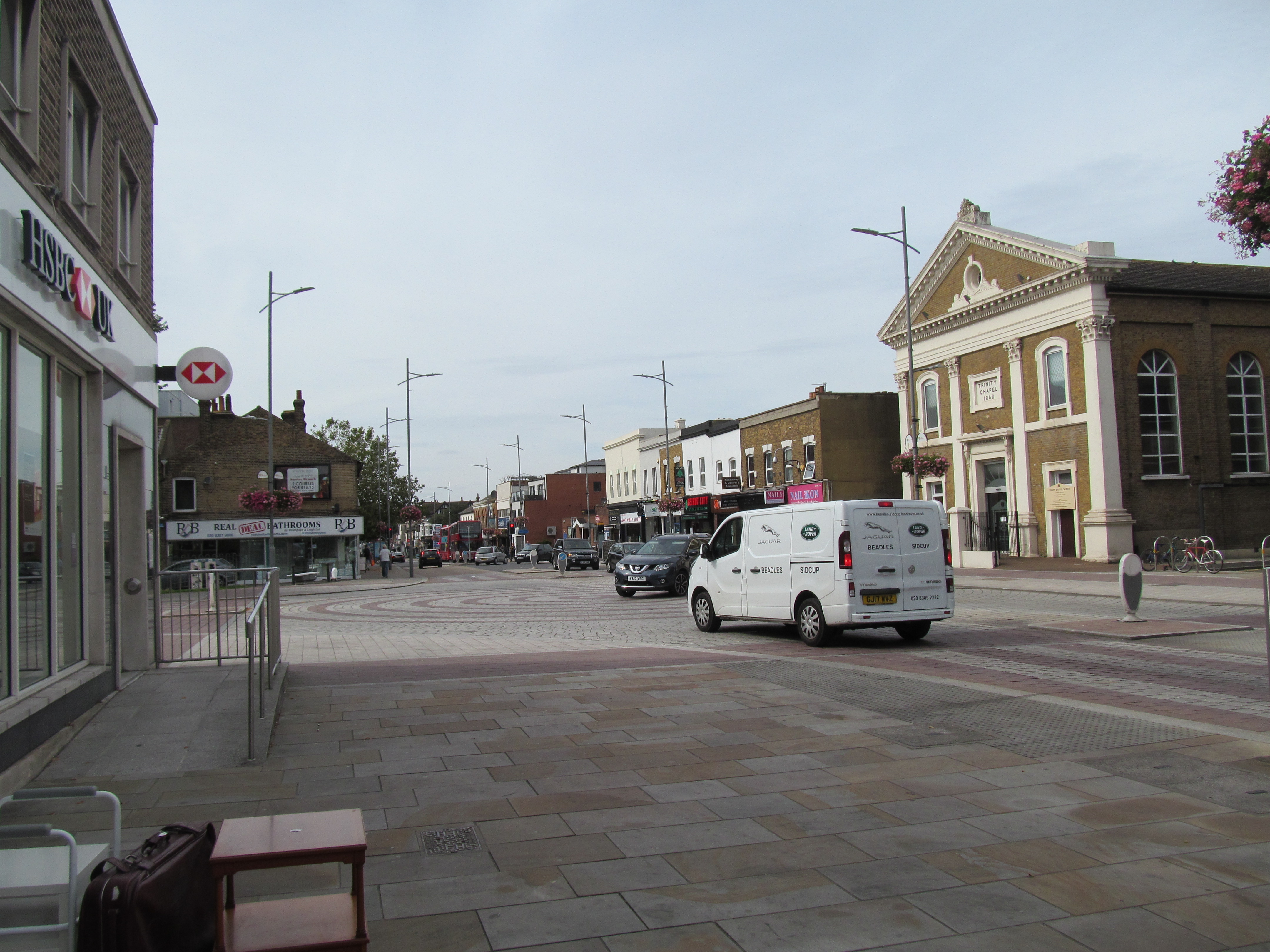
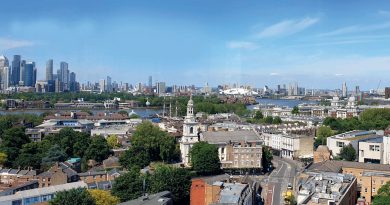
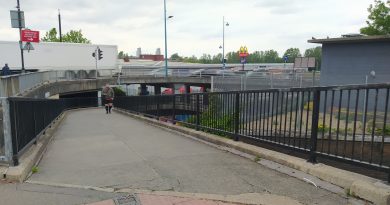
Once again this makes for depressing reading from you John, no disrespect meant for sure, and I understand it’s importance to bring to light here. But surely it would be good for us all to know also just how council can be held to account for what appears to be gross negligence, in failing to obtain an acceptable level of funding from the CIL across a period of years, as well as apparently ignoring reviews and targets they have set themselves. Why? And is our MP onto this, or the opposition? At the moment I’m unsure who I am most disappointed by, a Tory Central Govt, though my expectations for BJ were low to begin with, or our Labour run council? Can Sir Keir get involved here, as this kind of local issue affects his chances centrally at the next General? Quite understandably Greens and Lib Dems are going to make serious inroads in certain wards, and I sincerely hope they do if this is what we have come to expect from our council. Though tbh as an environmentalist at heart I was personally likely to vote for one or both of those anyhow. At whose feet does the blame lie here? With Tory Central Govt it’s obvious, but locally, is it being poorly run by Mr Thorpe? I don’t have enough knowledge, what do you feel or others reading here, maybe some insiders will comment anon? Though oddly i do not receive an email to say commnets ahve been added, is this a flaw on the site John? I tick the boxes relevant.
Responsibility lies with cllrs pressing the relevant department, council panels like scrutiny asking questions and the Cabinet doing likewise. It should also be led from the top but Dan Thorpe was one liking a tweet denying a problem and calling it “misleading” the other day. He must therefore be content to be losing so much money for the boroughs residents?
At no point since 2015 did any of the cabinet or the leader think to look into this and compare with the rest of London?
They’ve been complaining of funding issues yet never did a thing to try to secure more funding…
whats the logic behind the low rates, is it to try attract developers with low rates and raise them later or is it just incompetence